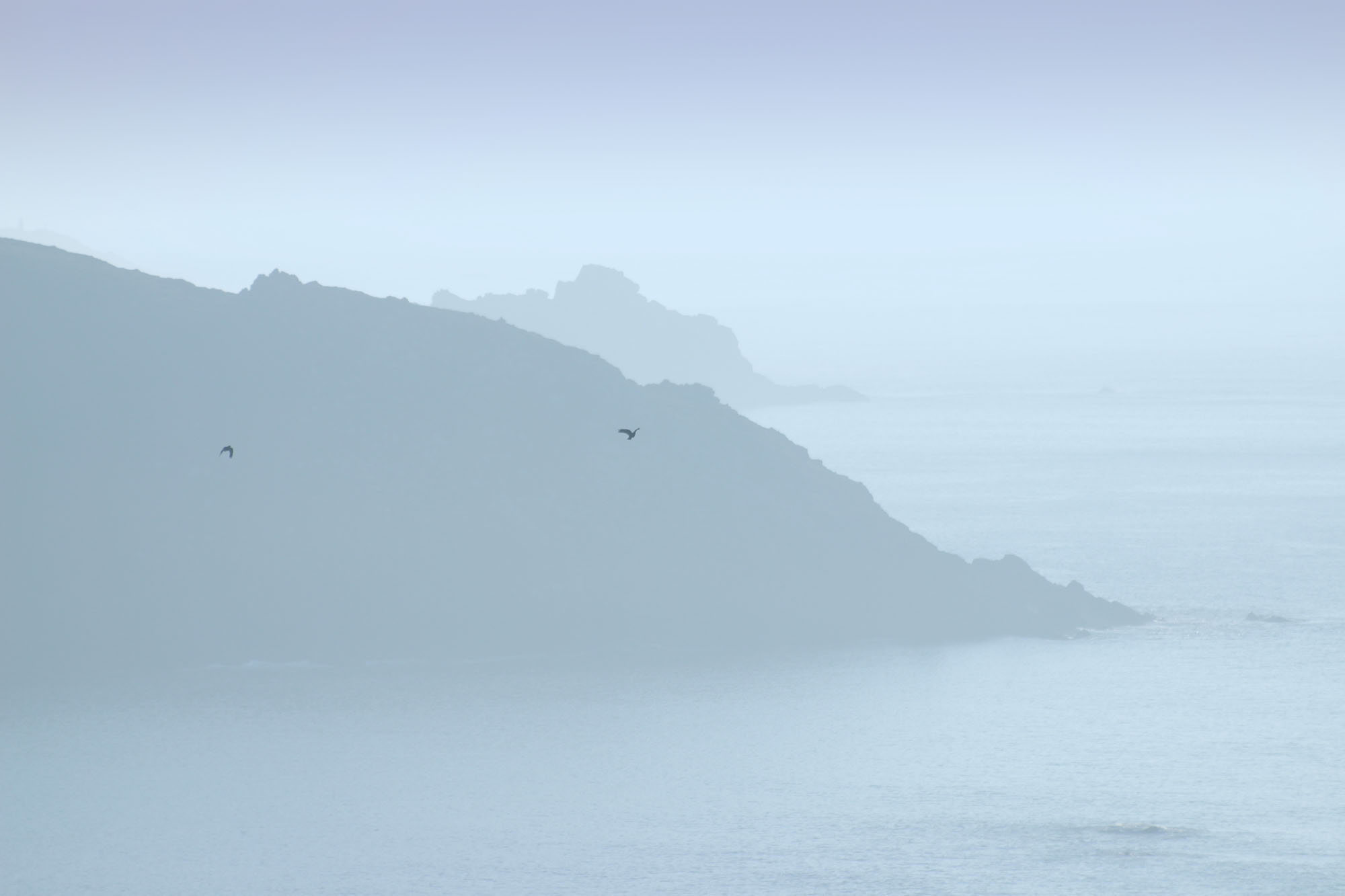Today is Operation Chough’s Birthday!

Chough flying at sunset. The Lizard 2002. Pic Ray Hales.
We have long admired the Red-billed Chough’s intelligence and beauty – how could we not be inspired to help this magnificent bird and see it flying again over coastlines where it had disappeared?

Mike Reynolds and Robin Hanbury Tenison August 4th 1987
The official launch was back in 1987 – not a good time for chough-lovers as the species had died out in Cornwall. But things were about to change…
The natural recolonisation by three birds in 2001 gave us great opportunities to observe the behaviour of wild birds right on our doorstep.

A breeding pair of wild Choughs on the Cornish coast 2016. Pic Ray Hales.
In the 1980s we had had some success in breeding choughs here at Paradise Park, but it was just one or two chicks a year, as we learned what they needed. Now we have become somewhat expert and our captive pairs produce around ten chicks each year.

Chough chick aged 24 days being weighed. Ray Hales 2014.
This has enabled us to fulfil our objective on Jersey and with the help of our hard-working partners at the Durrell Wildlife Conservation Trust, thirty – yes THIRTY – choughs are now living free on the island after an absence of 100 years. The method used for the Jersey release is a template for further re-establishment to help join up the scattered populations and spread genetic diversity.

Choughs on Jersey going to Roost. Pic Liz Corry.
Long live the chough!





















